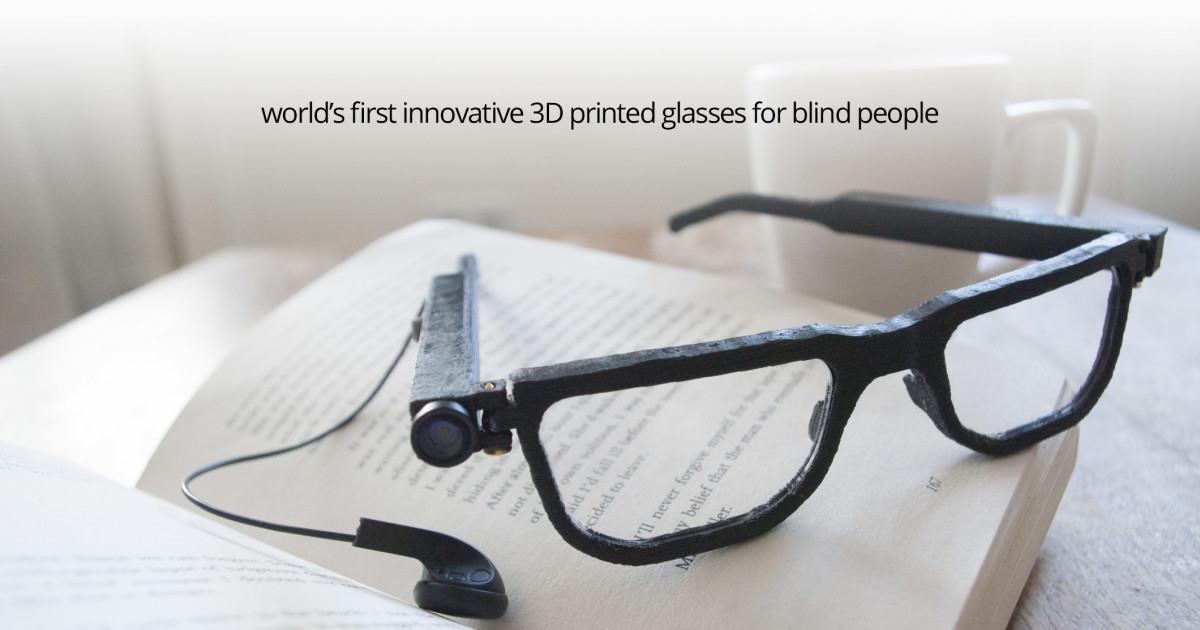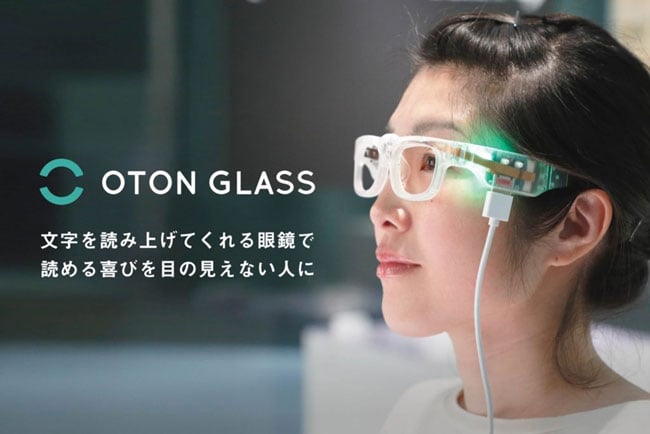Maximizing Efficiency with Screen Readers for the Blind: A Comprehensive Guide
Maximizing Efficiency with Screen Readers for the Blind: A Comprehensive Guide
Blog Article
Empowering Independence With Assistive Modern Technology for the Blind
The combination of assistive innovation for people who are aesthetically impaired or blind represents a considerable development in fostering freedom and boosting lifestyle. With a series of devices-- from screen viewers to cutting-edge tactile tools-- these innovations not only assist in navigating and communication however also advertise social incorporation and engagement in different facets of life. As we explore the varied sorts of assistive gadgets and their real-world applications, it becomes clear that the influence is extensive. Yet, the advancement of this technology raises essential inquiries about access and future developments that require further evaluation. Assistive technology for the blind.
Recognizing Assistive Technology
Although assistive innovation has advanced considerably throughout the years, its basic function stays the same: to improve the top quality of life for people with impairments, especially those that are blind or aesthetically damaged. This modern technology incorporates a broad series of tools and devices that help with freedom and functionality in everyday activities.
Assistive technology can be classified into modern and low-tech solutions, each made to fulfill certain demands. Modern devices often include software application applications, specialized hardware, and adaptive tools that utilize advanced innovation to supply assistance in numerous contexts. Alternatively, low-tech options might include everyday products that are modified to enhance availability, such as magnifiers or responsive pens.
The combination of assistive innovation into the lives of individuals that are blind or aesthetically hindered not just promotes freedom however also fosters social inclusion and involvement in educational and expert settings. By leveraging these technologies, users can navigate their environments, gain access to info, and interact efficiently, thereby boosting their total quality of life. Understanding assistive modern technology is vital for professionals, supporters, and caregivers who intend to support individuals in optimizing their possible and attaining greater independence.
Kinds of Assistive Instruments
Assistive tools for the blind and visually impaired are necessary tools that enhance daily living by addressing certain difficulties come across by customers. These devices can be broadly classified into three major types: optical devices, digital tools, and sensory devices.

Sensory tools, such as Braille screens and responsive maps, offer alternate ways to receive details. Braille presents convert digital message into Braille, allowing customers to review touch. Tactile maps provide spatial understanding via increased lines and appearances, allowing for much better environmental recognition.
Together, these assistive tools empower individuals with visual impairments to engage even more totally with their surroundings, advertising higher independence and confidence in day-to-day tasks.

Effect on Daily Life
The integration of assistive technology right into the day-to-day lives of people who are visually damaged or blind considerably improves their ability to browse and engage with the globe around them. Devices such as display readers, Braille presents, and mobile applications help with accessibility to info, enabling users to involve with digital content, interact successfully, and handle day-to-day tasks individually.
Moreover, technologies like clever glasses and navigating apps give real-time help in unfamiliar settings, boosting mobility and confidence. These devices make it possible for users to determine challenges, checked out indicators, and even acknowledge faces, therefore cultivating a feeling of autonomy in public rooms. In addition, home automation systems, which can be regulated through voice commands, permit individuals to handle their living atmospheres extra efficiently, boosting convenience and security.
The effect of assistive technology prolongs past practical jobs; it promotes social addition and psychological health. By connecting the space in between people and their surroundings, these modern technologies encourage customers to get involved fully in area activities, go after educational possibilities, and involve in meaningful connections. Inevitably, the development of assistive innovation contributes in redefining the possibilities for individuals that are blind or visually damaged, causing an extra obtainable and inclusive society.
Success Stories and Testimonies

One more effective endorsement comes from Mark, a current university graduate that made use of screen reading software throughout his academic trip. This technology enabled him to accessibility course materials and participate in discussions, eventually resulting in his effective transition into the workforce. Mark credit reports assistive technology for encouraging him to achieve his job objectives, emphasizing its role in leveling the having fun field for individuals with visual impairments.
Additionally, neighborhood facilities have reported boosted involvement in their programs thanks to the introduction of available digital systems. These systems have made it easier for individuals to attach, share sources, and assistance each other. These success stories jointly emphasize the extensive impact of assistive technology in promoting self-reliance, boosting top quality of life, and breaking down obstacles for the aesthetically impaired and blind neighborhood.
Future Trends in Assistive Tech
Emerging technologies are positioned to revolutionize the landscape of assistive tech for individuals that are blind or aesthetically impaired. Innovations in artificial knowledge (AI) and machine learning are improving the capacities of gadgets, making it possible for more user-friendly customer experiences. For circumstances, AI-driven applications are increasingly able to acknowledge objects and check out text out loud in real-time, giving users with beneficial information about their surroundings.
Furthermore, advancements in wearable innovation are producing brand-new chances for self-reliance. Smart glasses furnished with augmented fact functions can overlay essential information onto the user's field of vision, assisting in navigation and interaction with the environment. The combination of Net of Points (IoT) devices is simplifying accessibility in clever homes, permitting see this site individuals to regulate devices and get notices with voice commands or responsive user interfaces.
The growth of braille display screens and responsive comments systems is likewise growing, promoting access to electronic content and improving interaction. As these technologies continue to evolve, they guarantee to improve daily living, instructional possibilities, and employment potential customers for visit here people with visual disabilities. Continual collaboration in between technologists, individuals, and advocacy groups will be important in making sure these innovations satisfy the needs of the neighborhood successfully.
Verdict
Finally, assistive modern technology plays a critical function in enhancing the independence of individuals that are blind or aesthetically damaged. By giving necessary devices and sources, these innovations help with boosted communication, navigation, and access to info, consequently fostering autonomy and self-confidence. The transformative impact of assistive devices not only advertises reliable interaction with the setting but likewise motivates social incorporation and participation in numerous elements of life, inevitably empowering users to grow within their communities.
The integration of assistive innovation for individuals who are aesthetically damaged or blind represents a considerable innovation in cultivating independence and enhancing high quality of life.The assimilation of assistive modern technology right into the lives of individuals who are blind or visually impaired not just promotes autonomy yet also fosters social inclusion and participation in instructional and specialist settings. Eventually, the advancement of assistive technology is important in redefining the opportunities for individuals who are visually damaged or blind, leading to great site a more comprehensive and accessible culture.
Several individuals that are blind or aesthetically damaged have actually shared inspiring success tales that highlight the transformative influence of assistive technology on their lives.In conclusion, assistive modern technology plays a critical role in boosting the self-reliance of people who are blind or visually damaged.
Report this page